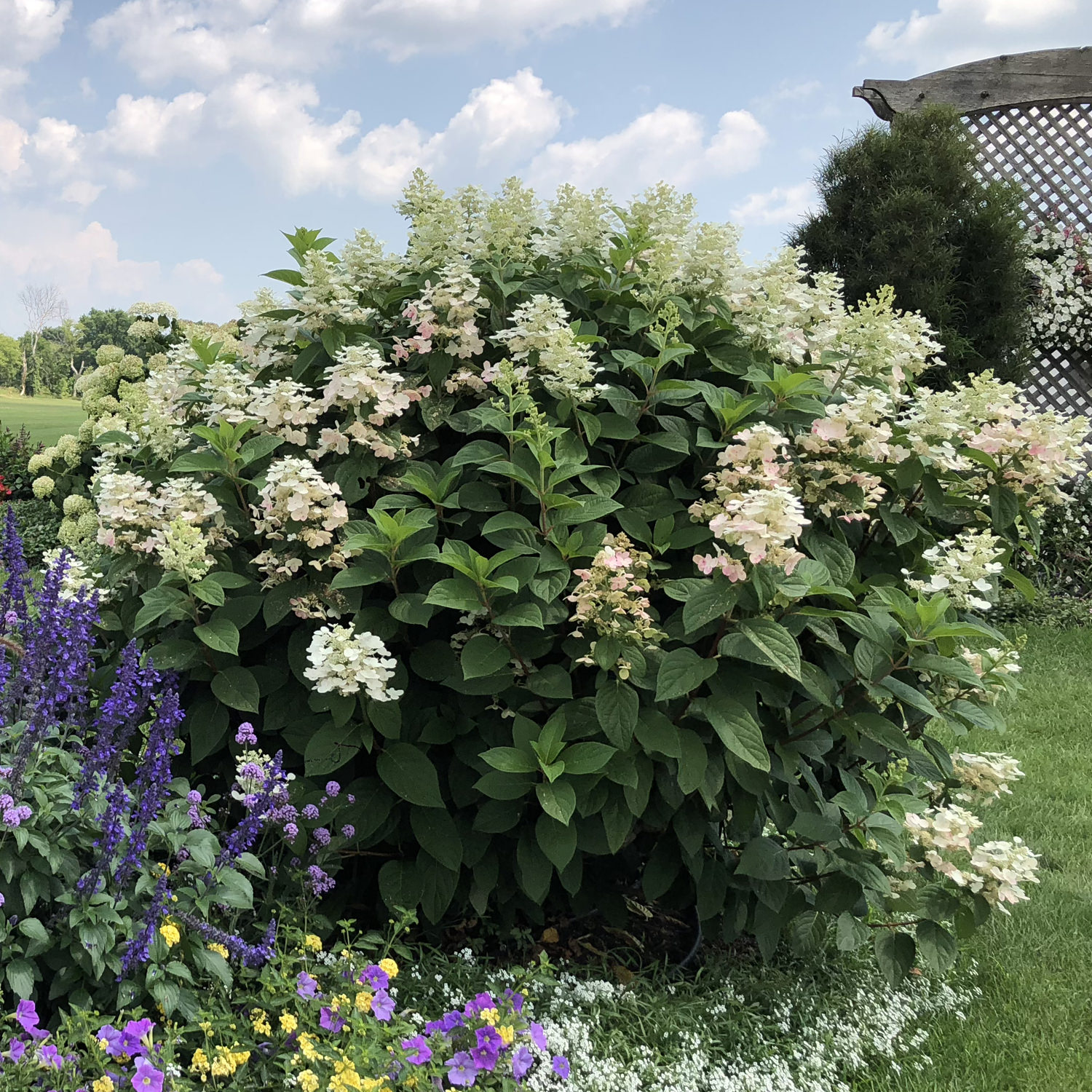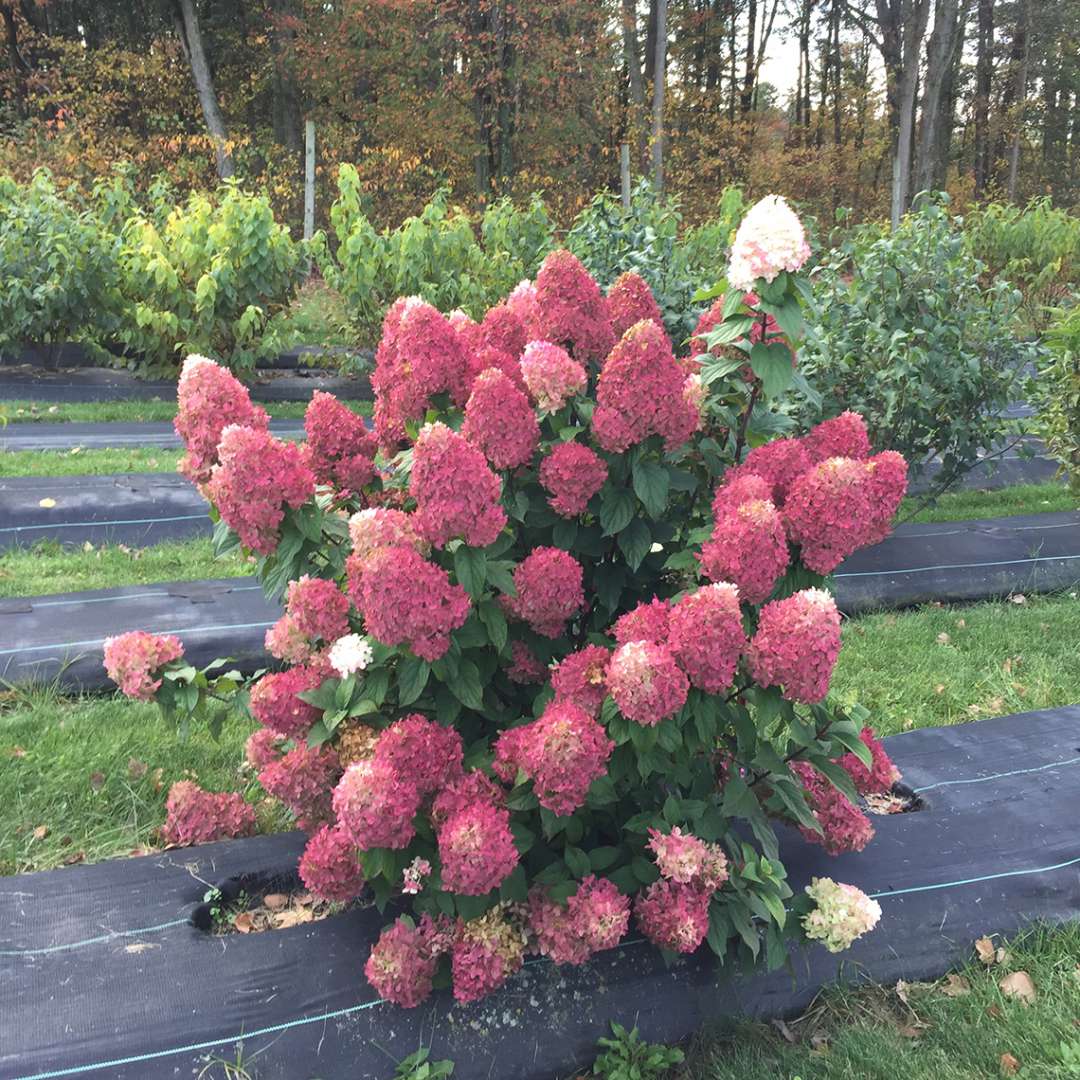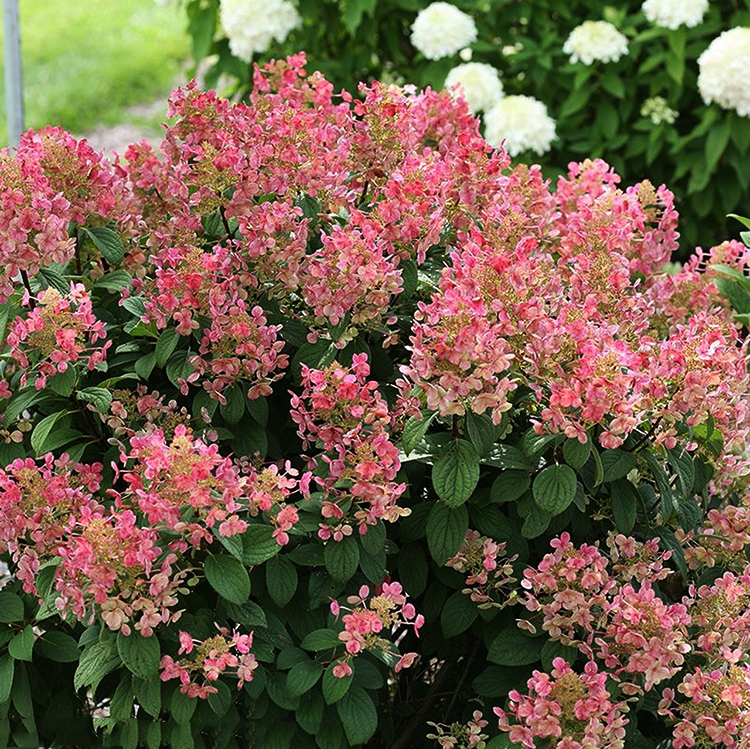

However, soil pH preferences are from 6.6 to 7.3. The soil pH has no effect on the color of the flower. Make sure to keep the soil cool by providing it with a good amount of moisture. Loamy and well-drained soil is the ideal soil conditions for growing hydrangea paniculata.

Learn more about When to Fertilize Hydrangea? Soil and Transplanting Make sure to fertilize the plant in early spring. Little quickfire prefers a slow-release fertilizer such as a tree fertilizer or rose fertilizer. Once it is well-established, the plant is drought tolerant and does not require frequent watering. Ideally, water the summer plant three to four times a week to stimulate root growth. The young hydrangea plant requires regular watering to establish the root system. The best time to water the hydrangea is in the morning.ĭeeply water it, using a soaker hose, to prevent it from wilting in the scorching summer heat. Hydrangea paniculata ‘SMHPLQF’ USPP 25,136 prefers moderate to warm temperatures, 70° degrees Fahrenheit (21° C) (during the day) and slightly below 60° degrees Fahrenheit (15° C) (during the night). Little Quickfire hydrangeas are recommended for USDA hardiness zones 3 – 8 similar to other varieties such as the ‘limelight’ hydrangea.
Quickfire hydrangeas full#
The plant performs well in partial shade as well, but not in full shade. Unlike many hydrangeas, panicle hydrangeas are capable of thriving in full sun for a few hours but part sun is preferred.ĭuring hydrangea season (late spring to early summer), the plant is happy under direct full sun. The upright flowers also have a spicy scent to them which makes them more noticeable and attractive. With early blooming, the plant produces dense flower heads with sharp and narrowed panicles for up to 15” – 18” inches long. Originally, the non-showy, axial flowers have a white flower color which eventually transforms into pink-red as summer advances. The flowers usually blossom on new wood a month before the other hydrangeas, offering a bloom time from early in spring to late summer. The lovely dwarf plant is known for its early bloom time. The dark green leaves are up to 3” – 6” inches tall and 1.5” – 3” inches wide and tend to change its color to dull yellow as fall approaches. In its bloom season, the plant usually grows up to 3′-5’ feet tall at mature height, producing oval green leaves, pointy, terminal white flowers, and stunning green foliage color. Little Quick Fire panicle hydrangea is a medium to fast-growing compact plant hybrid. Little Quick Fire Hydrangea Care Size and Growth Other than the distinguishing botanical name, the hydrangea variety has a few common names as well. This hybrid is often referred to as “SMHPLQF” and earned the US Plant Patent #25,136. The upright, steady-growing Hydrangea is native to China and Japan. The genus name “hydrangea” derives from hydor which means “water” and aggeion means “vessel” – referring to the cup-shaped fruit of the flowering plant.

Pin Dwarf Hydrangea growing in full sunlight | Image courtesy of This is the dwarf form of the popular quick fire hydrangea.

Little quick fire hydrangea, is a selection of Hydrangea paniculata (hy-DRAIN-juh, pan-ick-yoo-LAY-tuh), is a deciduous shrub and belongs to the Hydrangeaceae family.


 0 kommentar(er)
0 kommentar(er)
